Goldria - Jongno 3(sam)-ga Branch [Tax Refund Shop] (골드리아 종로3가)
1.7Km 2024-04-19
1F, 50, Donhwamun-ro, Jongno-gu, Seoul
-
Dongsung Sutbulgalbi (동숭숯불갈비)
1.7Km 2021-03-18
26, Daehak-ro, 9-gil, Jongno-gu, Seoul
+82-2-741-3451
This is a Korean cuisine located in Daehak-ro, Seoul. The best menu at this restaurant is grilled spareribs. A restaurant serving charcoal-grilled meat.
Suseongdonggyegok Valley (수성동계곡)
1.7Km 2023-08-17
185-3, Ogin-dong, Jongno-gu, Seoul 서울특별시 종로구 옥인동
Suseong-dong Valley's stream runs down from Inwangsan Mountain and joins Cheonggyecheon Stream, and it is said that the name of the village was called Suseong-dong during the Joseon dynasty due to the loud and clear sound of the flowing water. It appears in the painting "Jangdong Palgyeongcheop," which is Jangdong Eight Scenic Views, that depicts the eight scenic views of Bugaksan Mountain and Inwangsan Mountain as well as in other historical books of the Joseon dynasty as a place of scenic beauty. The valley was so famous for its beauty, that Prince Anpyeong of the Joseon dynasty built his house "Bihaedang" to fully enjoy the view, and the valley and its stone bridge were designated as a cultural property of Seoul in 2010.
Seonbiok (선비옥)
1.7Km 2021-03-19
32, Jong-ro 17-gil, Jongno-gu, Seoul
+82-2-764-2214
This is a Korean cuisine located in Jongno, Seoul. A restaurant located near Tapgol Park. The best menu at this restaurant is grilled spareribs.
Kkotpineun Sangol (꽃피는산골)
1.7Km 2021-03-26
17, Jong-ro 11-gil, Jongno-gu, Seoul
+82-2-735-7963
A restaurant frequented by office workers in Jongno after work. This Korean dishes restaurant is located in Jongno-gu, Seoul. The most famous menu is seafood and green onion pancake.
Seungdong Church (승동교회)
1.7Km 2020-04-02
7-1, Insadong-gil, Jongno-gu, Seoul
+82-2-732-2340
Seungdong Presbyterian Church was designated Tangible Cultural Asset No. 130 by the Seoul Metropolitan Government on April 6, 2001. Originally known as “Gondanggol Church,” the church was established by Samuel Foreman Moore (1860-1906) in 1893. In those days, the church was known as a “baekjeong church” since it primarily drew Korea’s social underdogs such baekjeong (the butchers), the untouchable class of Joseon society.
Following a number of relocations and name changes (called “Gondanggol,” “Jungang,” and finally “Seungdong”) the church was moved to its current location in Insadong. After Moore died in 1906, Charles Allen Clark became the pastor of the church and Mongyang Yuh Woon-hyung, a key figure in the political history of Joseon, became active in the church. The church was attended by many other activists as well. In fact, the large student demonstration that took place during the March 1st Independence Movement in 1919 was organized by a group of young church members. The church once again made its mark on history with the establishment of the Joseon Theological Seminary in 1939.
Seungdong Church (B1-2F) covers a total of 660 square meters. No record has been found on its architect or builder, but the building is said to have been one of the more magnificent buildings in the area before its beauty was obscured by newer structures.
Uniqlo - Gwanghwamun D Tower Branch [Tax Refund Shop] (유니클로 광화문D타워)
1.7Km 2024-04-17
17, Jong-ro 3-gil, Jongno-gu, Seoul
-
Donjon Chamnamu Jangjakgui (돈존참나무장작구이)
1.7Km 2021-03-19
8, Jong-ro9-gil, Jongno-gu, Seoul
+82-2-730-2700
A smoked BBQ restaurant. The representative menu is grilled duck. This Korean cuisine is located near Jonggak Station, Seoul.
Jonggak Hanu (종각한우)
1.7Km 2021-03-19
8, Jong-ro 9-gil, Jongno-gu, Seoul
+82-2-733-5613
A barbecue specialty restaurant located in Jongno, Seoul. The most famous menu is assorted grilled Korean beef cuts. A restaurant that's open for group dinners.
Olive Young - Jongno 1(il)-ga Branch [Tax Refund Shop] (올리브영 종로1가)
1.8Km 2024-04-16
19, Jong-ro, Jongno-gu, Seoul
-

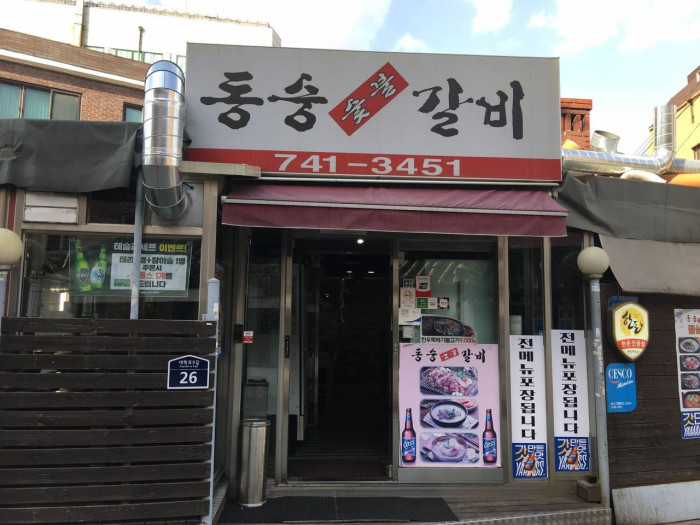
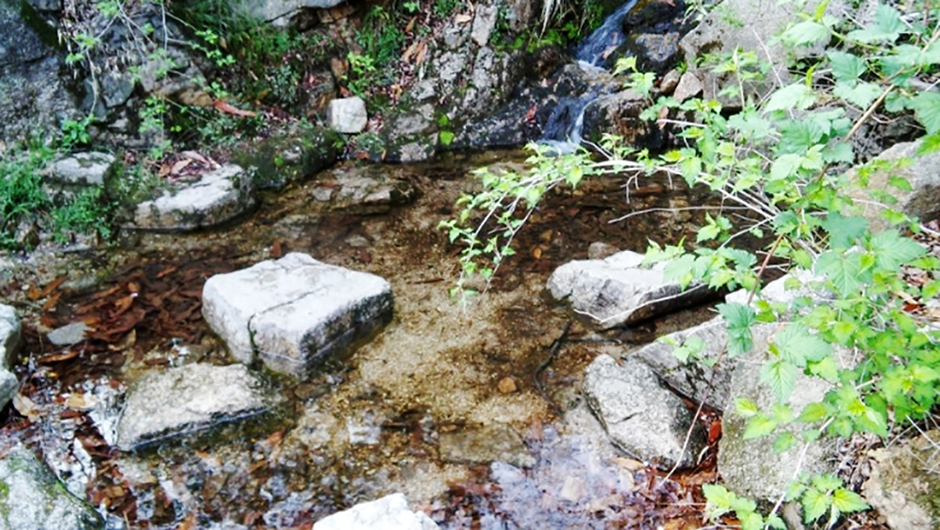
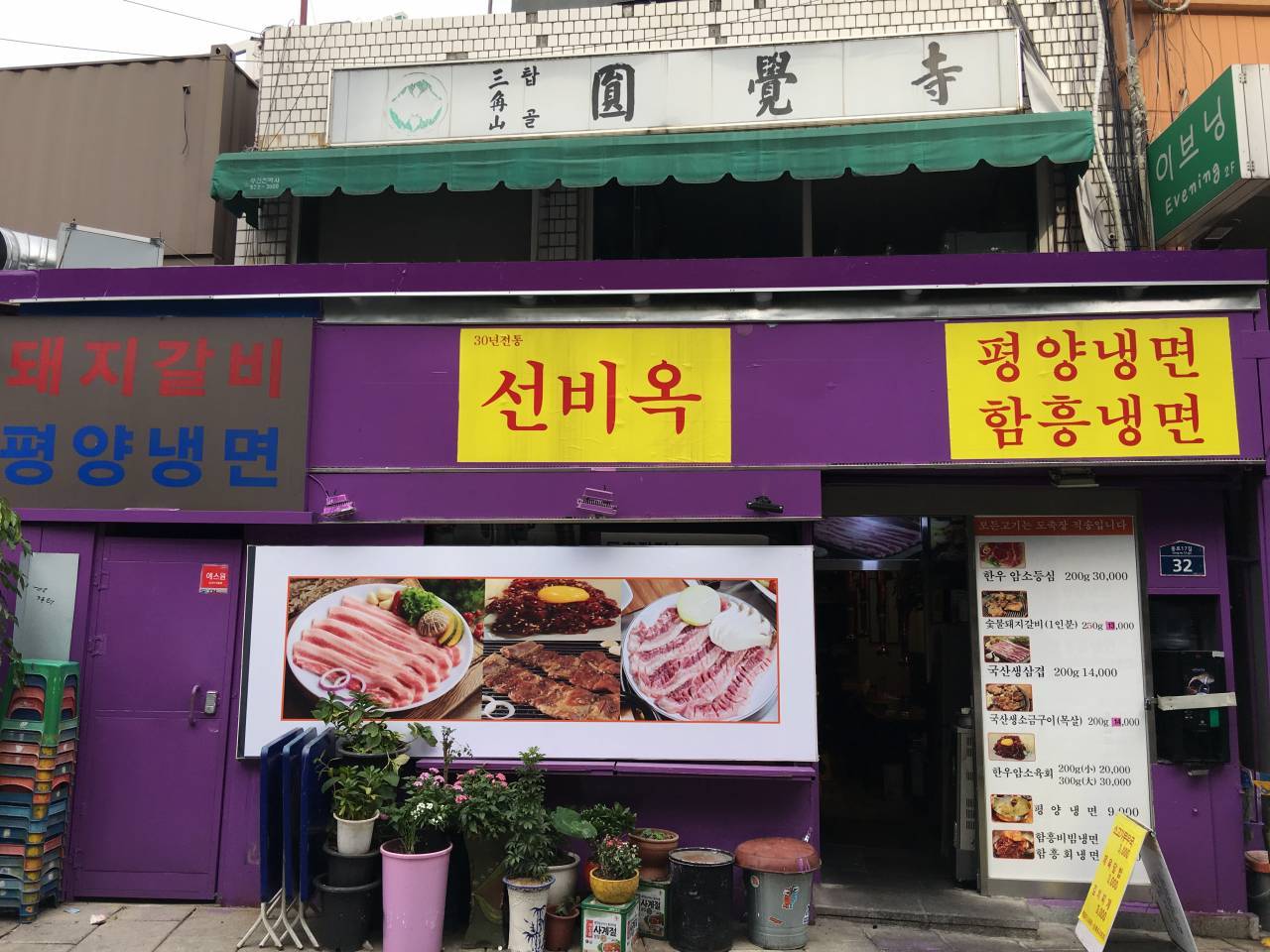
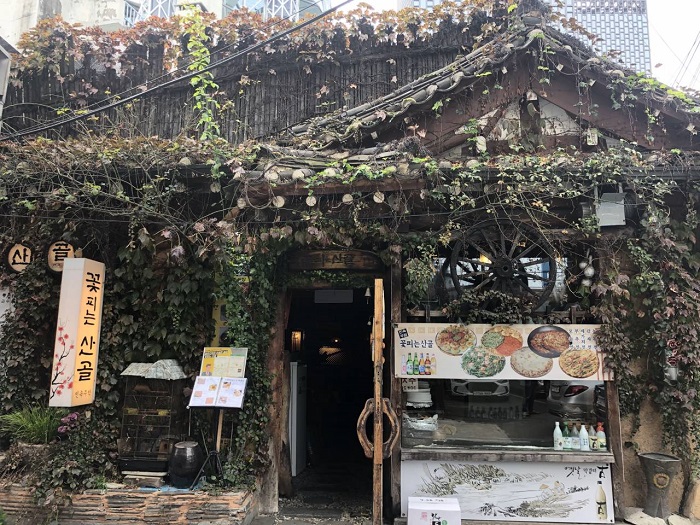
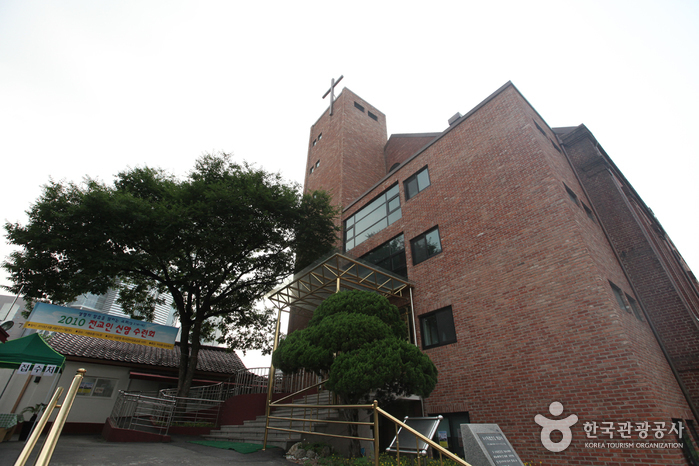
![Uniqlo - Gwanghwamun D Tower Branch [Tax Refund Shop] (유니클로 광화문D타워)](http://tong.visitkorea.or.kr/cms/resource/15/2878215_image2_1.jpg)
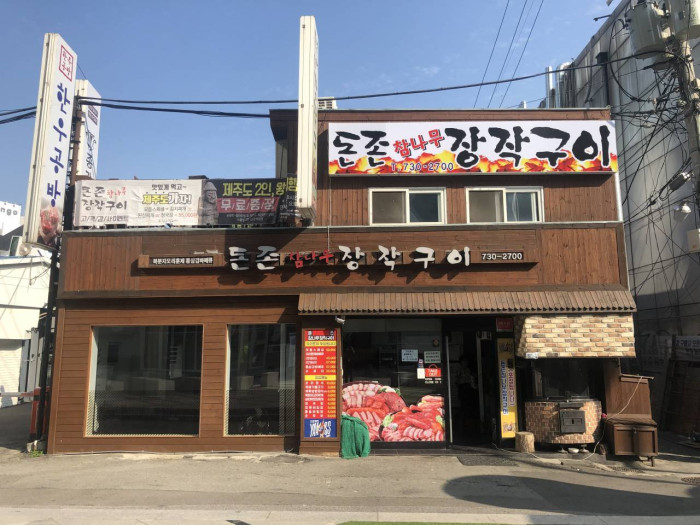

![Olive Young - Jongno 1(il)-ga Branch [Tax Refund Shop] (올리브영 종로1가)](http://tong.visitkorea.or.kr/cms/resource/16/2878216_image2_1.jpg)
 English
English
 한국어
한국어 日本語
日本語 中文(简体)
中文(简体) Deutsch
Deutsch Français
Français Español
Español Русский
Русский